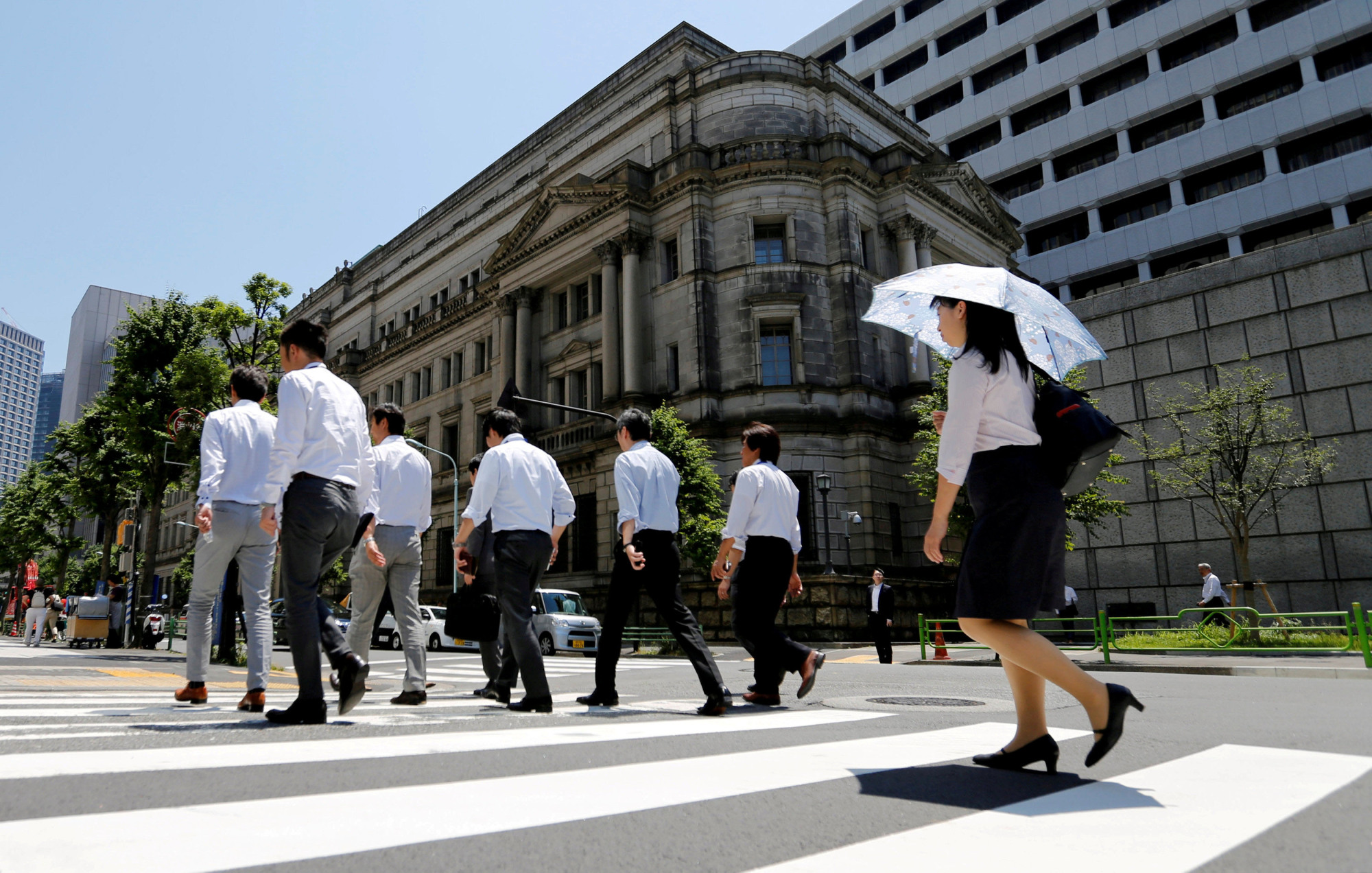Japan's economy continues its moderate recovery. GDP growth for January to March this year was 1 percent, slightly above the potential growth rate of around 0.8 percent. The data since suggests a somewhat stronger pace of recovery due to favorable real exports and business fixed investment. Meanwhile, households' real consumption has not shown rising trends despite good employment conditions. The underlying inflation (the consumer price index excluding food and energy) has remained in negative territory. Given this mixed performance, the issues surrounding the Bank of Japan's monetary easing framework have increasingly become complicated and uncertain.
First, the BOJ continues to insist that the timing of reaching about 2 percent is likely to be around fiscal year 2018 even though such a projection is rejected by almost all economists. While inflation is expected to rise toward 1 percent by this fall, mainly due to the base effect (from a weakening impact of the previous oil price drop), underlying inflation is expected to rise less without upward price pressures on services. Their long-term average inflation projections over the next 10 years remains below 2 percent.
Second, as the current monetary easing framework has distorted the financial and capital markets deeply and at an unprecedented level, there is growing anxiety about what would happen to these markets if the BOJ continues with its current monetary easing framework for many more years. The declined functioning of the Japanese government bond (JGB) market is especially a growing concern given its disproportionately large size in the debt-securities market and its role in providing a benchmark for pricing corporate and other bonds. Moreover, growing concerns are being raised over the declined market functioning in the stock market due to the growing presence of the BOJ as a large investor and its impact on reducing the downside risk.


















With your current subscription plan you can comment on stories. However, before writing your first comment, please create a display name in the Profile section of your subscriber account page.